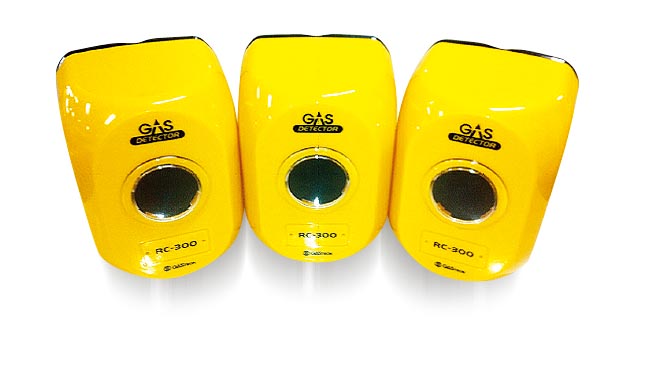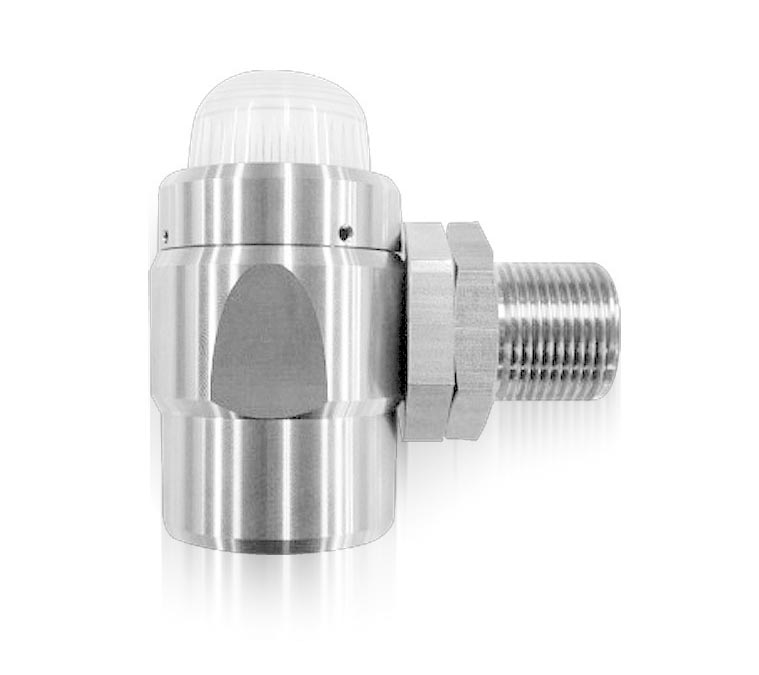1. Check of gas detector location
Check the location of gas detector and compare with monitoring system, and confirm its location with lay-out of monitoring system when testing detectors with standard gas.
2. Check of detection principle and gas type
Gas detector is divided into auto suction type and diffusion type. Also, detection principles are electro-chemical and catalytic combustion and so on. Detection type & principle will restrict installation position and can influence gas detection performance.
Additionally, please check the detecting gas to select appropriate calibration gas type.
3. Inspection of appearance and structure
Check the location of gas detector and compare with monitoring system, and confirm its location with lay-out of monitoring system when testing detectors with standard gas.
– Auto suction type: Check of installation position, whether suction port position is suitable or not and suction line & wiring in gas detector.
– Diffusion type: Check of installation position, whether detection point is suitable or not and wiring in gas detector.


4. Check of rated voltage to Sensor
Check if the applied voltage to gas sensor conforms to normal value. If the voltage is different from normal value, it might cause mal function or reduce service life of sensor (check with multi-tester).
5. Adjustment of sensor voltage
After checking of sensor voltage, adjust it to conform to rated voltage (with multi-tester).
6. Zero Gas Test
Inject zero gas (clean air or N2) to gas detector and check if indication is zero and mA output is 4 mA.
7. Zero calibration
If the indication is not zero when injecting zero gas, adjust zero calibration potentiometer to indicate zero and output 4 mA. (continuation of article 6).
8. Span Gas Test
Inject standard gas (same as detecting gas or cross checkable gas) to gas detector to check if indication is same with span gas value (also output).
9. Span calibration
If indicated span gas value is not same with applied gas value, adjust span calibration potentiometer to indicate & output span value. (continuation of article 8).

10. Check of response time
Check if alarm time (from applying span gas to indication and alarming) is less than regulation time (check it at same time with article 9).
Regulations in the laws:
– Response time (from detection to alarming) is less than 30 seconds when gas density is 1.6 times of alarm setting density. But, if this is not possible due to structure of gas detector or for some gas need more than 30 seconds (such as Ammonia, carbon monoxide and similar gases), the response time is less than 1 minute.
11. Check of Zero reset time
Check returning time to zero After span value indication.
12. Inspection report
After inspection and calibration of gas detection system, prepare report and submit it to supervisor within one week.


